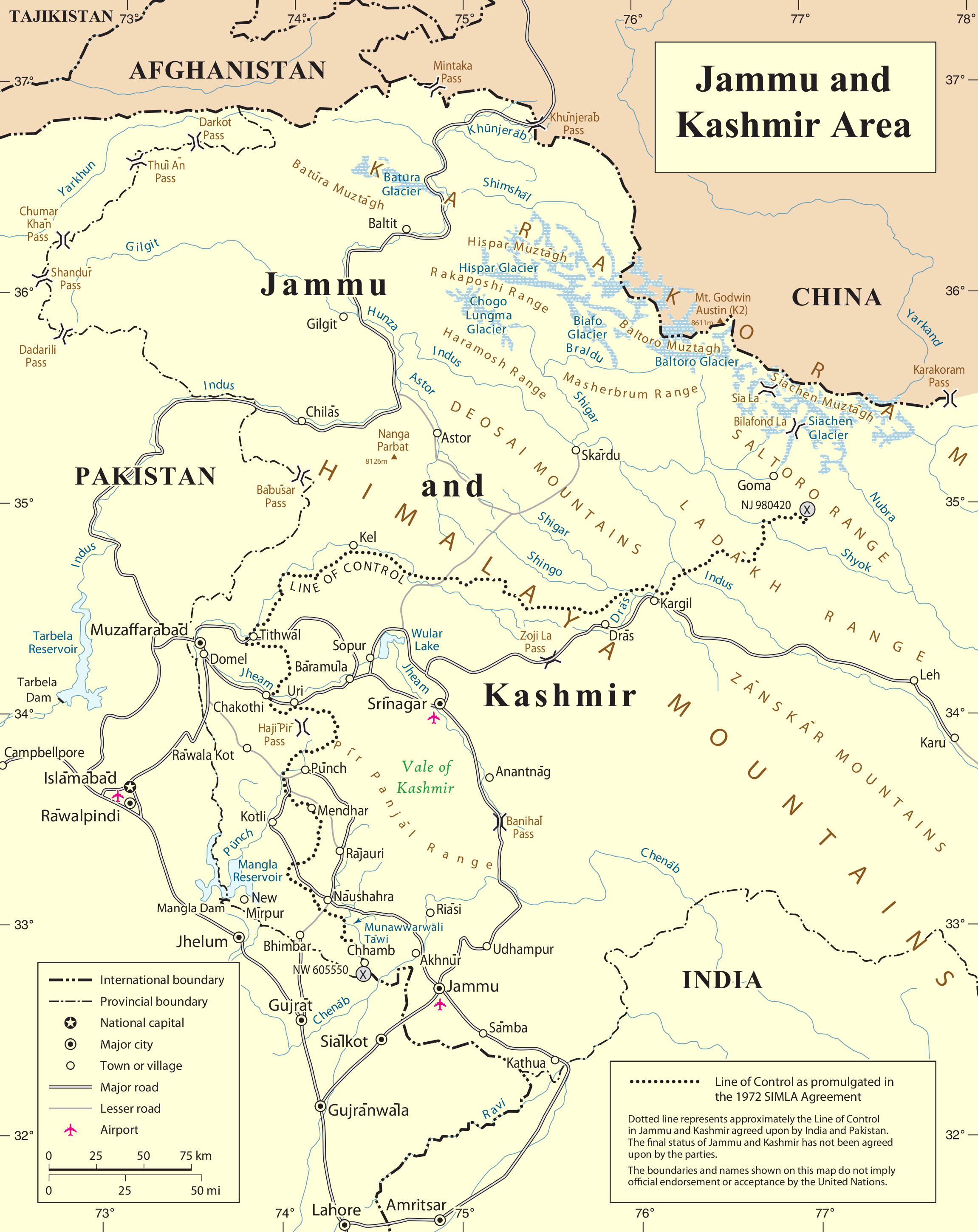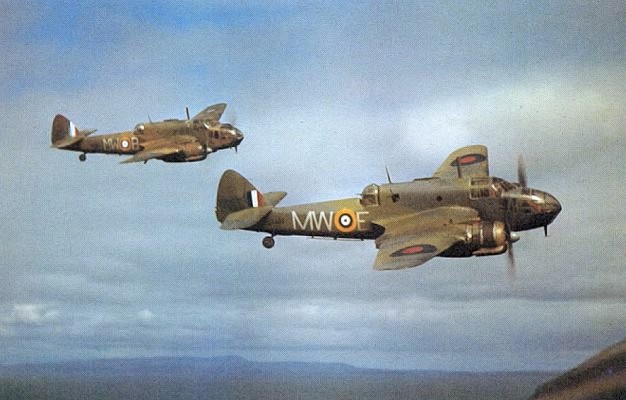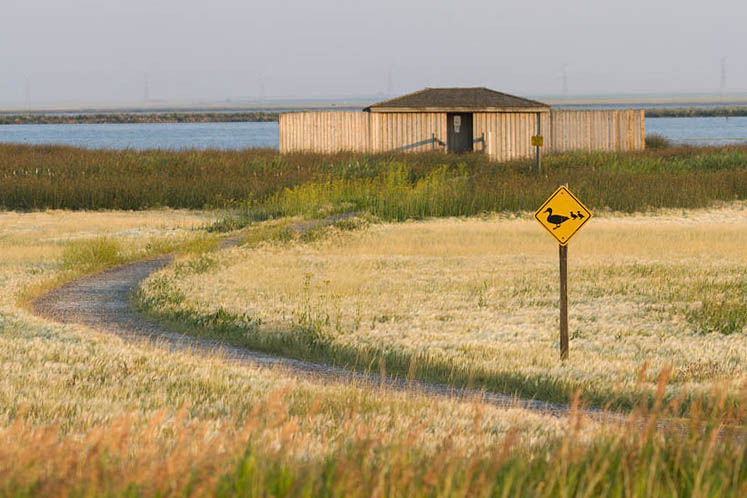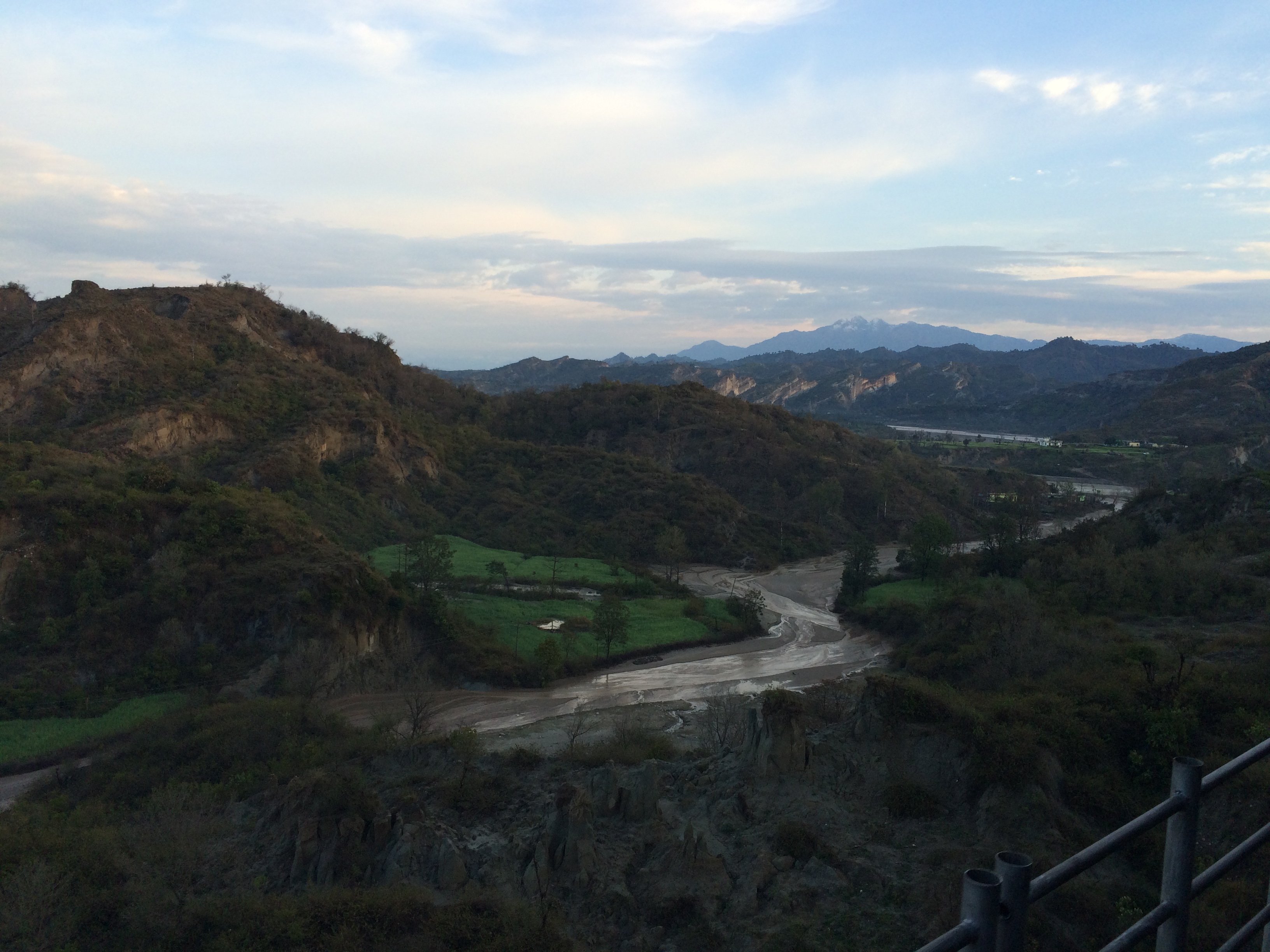|
Joydeep Sircar
Joydeep Sircar (born 1947) is a mountaineer and mountain historian. In 1979, he published his ''Himalayan Handbook'', an index of all the-then named peaks of 6096 meters (20000 feet) and above in Afghanistan and the Indian subcontinent, giving chronological entries of expeditions up to 1975 to each peak with a brief summary of results and references to expedition reports, after a decade of solitary research. He was inspired in this formidable undertaking by the pronouncement of the late Soli S. Mehta, Hony. Local Secretary of The Himalayan Club, that the task had never been attempted before and was well-nigh impossible. This book, introduced by the famous British mountaineer-explorer J. O. M. Roberts, one of Sircar's idols, was the first one of its kind. Printed in 500 copies only, it received excellent international notices and became a basic reference resource. In 1982, Sircar was the first to suspect and draw public attention to the covert competition between India and Paki ... [...More Info...] [...Related Items...] OR: [Wikipedia] [Google] [Baidu] |
Afghanistan
Afghanistan, officially the Islamic Emirate of Afghanistan,; prs, امارت اسلامی افغانستان is a landlocked country located at the crossroads of Central Asia and South Asia. Referred to as the Heart of Asia, it is bordered by Pakistan to the east and south, Iran to the west, Turkmenistan to the northwest, Uzbekistan to the north, Tajikistan to the northeast, and China to the northeast and east. Occupying of land, the country is predominantly mountainous with plains in the north and the southwest, which are separated by the Hindu Kush mountain range. , its population is 40.2 million (officially estimated to be 32.9 million), composed mostly of ethnic Pashtuns, Tajiks, Hazaras, and Uzbeks. Kabul is the country's largest city and serves as its capital. Human habitation in Afghanistan dates back to the Middle Paleolithic era, and the country's Geostrategy, strategic location along the historic Silk Road has led it to being described, pict ... [...More Info...] [...Related Items...] OR: [Wikipedia] [Google] [Baidu] |
Spiti Valley
Spiti (pronounced as Piti in Bhoti language) is a high-altitude region of the Himalayas, located in the north-eastern part of the northern Indian state of Himachal Pradesh. The name "Spiti" means "The middle land", i.e. the land between Tibet and India. Spiti incorporates mainly the valley of the Spiti River, and the valleys of several rivers that feed into the Spiti River. Some of the prominent side-valleys in Spiti are the Pin valley and the Lingti valley. Spiti is bordered on the east by Tibet, on the north by Ladakh, on the west and southwest by Lahaul, on the south by Kullu, and on the southeast by Kinnaur. The valley and its surrounding regions are among the least populated regions of India. Spiti has a cold desert environment. The Bhoti-speaking local population follows Tibetan Buddhism. Administration Spiti forms one of the two sub-divisions of the Lahaul and Spiti district of Himachal Pradesh, the other one being the Lahaul sub-division. The sub-divisional headqua ... [...More Info...] [...Related Items...] OR: [Wikipedia] [Google] [Baidu] |
Indian Explorers
Indian or Indians may refer to: Peoples South Asia * Indian people, people of Indian nationality, or people who have an Indian ancestor ** Non-resident Indian, a citizen of India who has temporarily emigrated to another country * South Asian ethnic groups, referring to people of the Indian subcontinent, as well as the greater South Asia region prior to the 1947 partition of India * Anglo-Indians, people with mixed Indian and British ancestry, or people of British descent born or living in the Indian subcontinent * East Indians, a Christian community in India Europe * British Indians, British people of Indian origin The Americas * Indo-Canadians, Canadian people of Indian origin * Indian Americans, American people of Indian origin * Indigenous peoples of the Americas, the pre-Columbian inhabitants of the Americas and their descendants ** Plains Indians, the common name for the Native Americans who lived on the Great Plains of North America ** Native Americans in the Uni ... [...More Info...] [...Related Items...] OR: [Wikipedia] [Google] [Baidu] |
Siachen Conflict
The Siachen conflict, sometimes referred to as the Siachen Glacier conflict or the Siachen War, was a military conflict between India and Pakistan over the disputed Siachen Glacier region in Kashmir. The conflict was started in 1984 by India's successful capture of the Siachen Glacier as part of Operation Meghdoot, and continued with Operation Rajiv in 1987. India took control of the Siachen Glacier and its tributary glaciers, as well as all the main passes and heights of the Saltoro Ridge immediately west of the glacier, including Sia La, Bilafond La, and Gyong La. Pakistan controls the glacial valleys immediately west of the Saltoro Ridge. A cease-fire went into effect in 2003, but both sides maintain a heavy military presence in the area. The conflict has resulted in thousands of deaths, mostly due to natural hazards. External commentators of have characterized it as pointless, given the perceived uselessness of the territory, and indicative of bitter stubbornness on ... [...More Info...] [...Related Items...] OR: [Wikipedia] [Google] [Baidu] |
Lake Of No Return
Lake of No Return (Naung Yang in Tai languages) is a body of water in Myanmar, lying in the area of the Pangsau Pass (3727') on the India–Myanmar border south of Pangsau (also called ''Pansaung'') village. The lake is 1.4 km in length and 0.8 km in width at its widest part. It is located 2.5 km to the southwest of the Ledo Road, formerly called Stilwell Road, the road the Western Allies started building in 1942 to supply the Chinese armies of Chiang Kai-shek. The area is home to the Tangsa community. Since the improvement of relations between India and Myanmar , the lake has come to play a part in the development of tourism in the nearby Indian Changlang District, which borders on Myanmar. Legends The most common account of the origin of the lake's name is the one told, for instance, on the Changlang District's website (the district is in Arunachal Pradesh, India), which speculates that the name is due to the number of Allied aircraft (on their approach ... [...More Info...] [...Related Items...] OR: [Wikipedia] [Google] [Baidu] |
Beaufighter
The Bristol Type 156 Beaufighter (often called the Beau) is a British multi-role aircraft developed during the Second World War by the Bristol Aeroplane Company. It was originally conceived as a heavy fighter variant of the Bristol Beaufort torpedo bomber. The Beaufighter proved to be an effective night fighter, which came into service with the Royal Air Force (RAF) during the Battle of Britain, its large size allowing it to carry heavy armament and early airborne interception radar without major performance penalties. The Beaufighter was used in many roles; receiving the nicknames ''Rockbeau'' for its use as a rocket-armed ground attack aircraft and ''Torbeau'' as a torpedo bomber against Axis shipping, in which it replaced the Beaufort. In later operations, it served mainly as a maritime strike/ground attack aircraft, RAF Coastal Command having operated the largest number of Beaufighters amongst all other commands at one point. The Royal Australian Air Force (RAAF) also m ... [...More Info...] [...Related Items...] OR: [Wikipedia] [Google] [Baidu] |
Important Bird Area
An Important Bird and Biodiversity Area (IBA) is an area identified using an internationally agreed set of criteria as being globally important for the conservation of bird populations. IBA was developed and sites are identified by BirdLife International. There are over 13,000 IBAs worldwide. These sites are small enough to be entirely conserved and differ in their character, habitat or ornithological importance from the surrounding habitat. In the United States the Program is administered by the National Audubon Society. Often IBAs form part of a country's existing protected area network, and so are protected under national legislation. Legal recognition and protection of IBAs that are not within existing protected areas varies within different countries. Some countries have a National IBA Conservation Strategy, whereas in others protection is completely lacking. History In 1985, following a specific request from the European Economic Community, Birdlife International ... [...More Info...] [...Related Items...] OR: [Wikipedia] [Google] [Baidu] |
Jammu
Jammu is the winter capital of the Indian union territory of Jammu and Kashmir. It is the headquarters and the largest city in Jammu district of the union territory. Lying on the banks of the river Tawi, the city of Jammu, with an area of , is surrounded by the Himalayas in the north and the northern-plains in the south. Jammu is the second most populous city of the union territory. Three battles have been fought in the city: first by the founder Raja Mal Dev against Timur in Battle of Jammu (1399), second by Sardar Bhag Singh against Mughal army in Battle of Jammu (1712) and the third by Mian Dido & Maharaja Gulab Singh against Ranjit Singh's army in Battle of Jammu (1808). Known as the ''City of Temples'' for its ancient temples and Hindu shrines, Jammu is the most visited place in the union territory. Jammu city shares its borders with the neighbouring Samba district. Etymology According to local tradition, Jammu is named after its founder, Raja Jambulochan, who ... [...More Info...] [...Related Items...] OR: [Wikipedia] [Google] [Baidu] |
Bar-Headed Goose
The bar-headed goose (''Anser indicus'') is a goose that breeds in Central Asia in colonies of thousands near mountain lakes and winters in South Asia, as far south as peninsular India. It lays three to eight eggs at a time in a ground nest. It is known for the extreme altitudes it reaches when migrating across the Himalayas. Taxonomy The grey goose genus ''Anser'' has no other member indigenous to the Indian region, nor any at all to the Ethiopian, Australian, or Neotropical regions. Ludwig Reichenbach placed the bar-headed goose in the monotypic genus ''Eulabeia'' in 1852, though John Boyd's taxonomy treats both ''Eulabeia'' and the genus ''Chen'' as subgenera of ''Anser''. Description The bird is pale grey and is easily distinguished from any of the other grey geese of the genus ''Anser'' by the black bars on its head. It is also much paler than the other geese in this genus. In flight, its call is a typical goose honking. A mid-sized goose, it measures in total length and ... [...More Info...] [...Related Items...] OR: [Wikipedia] [Google] [Baidu] |
Bombay Natural History Society
The Bombay Natural History Society (BNHS), founded on 15 September 1883, is one of the largest non-governmental organisations in India engaged in conservation and biodiversity research. It supports many research efforts through grants and publishes the '' Journal of the Bombay Natural History Society''. Many prominent naturalists, including the ornithologists Sálim Ali and S. Dillon Ripley, have been associated with it. History British hunters in Bombay organized a hunting group around 1811, their activities included riding with foxhounds and shooting. A Bombay Hunt was supported by Sir Bartle Frere from 1862. A natural history society was begun, possibly as spinoff from the Bombay Geographical Society, in 1856 by Doctors Don (of Karachee), Andrew Henderson Leith (surgeon), George Buist, and Henry John Carter along with Lawrence Hugh Jenkins, then a registrar of the Supreme Court. The group did not last more than three years. On 15 September 1883 eight men interested in ... [...More Info...] [...Related Items...] OR: [Wikipedia] [Google] [Baidu] |
Debsa Pass
Debsa Pass is a mountain pass in the Himalaya mountains between the Kullu and Spiti Districts of Himachal Pradesh, India. Joydeep Sircar led the teams that explored the watershed ridge and discovered the pass after approaching through the Parbati River valley in Kullu. After an abortive attempt on an impassable col further north in 1992, the pass was located and reached in 1993, but the team refrained from crossing it into Spiti under the mistaken impression that they could be arrested because they did not have Inner Line Permits required for Spiti. Two years later, the 1995 team planned to approach from the Spiti side, which involves much less height gain, but tremendous autumn floods in the upper valley of the Beas River and other areas of Himachal which wrecked roads forced them to take the Parbati approach again. This time they crossed the pass on 21 September and completed the route from Manikaran to Kaja. Leomann's 1:200,000 map of Himachal Pradesh (Third Edition, 2005) ... [...More Info...] [...Related Items...] OR: [Wikipedia] [Google] [Baidu] |
Indian Subcontinent
The Indian subcontinent is a physiographical region in Southern Asia. It is situated on the Indian Plate, projecting southwards into the Indian Ocean from the Himalayas. Geopolitically, it includes the countries of Bangladesh, Bhutan, India, Maldives, Nepal, Pakistan, and Sri Lanka."Indian subcontinent". '' New Oxford Dictionary of English'' () New York: Oxford University Press, 2001; p. 929: "the part of Asia south of the Himalayas which forms a peninsula extending into the Indian Ocean, between the Arabian Sea and the Bay of Bengal. Historically forming the whole territory of Greater India, the region is now divided into three countries named Bangladesh, India and Pakistan." The terms ''Indian subcontinent'' and ''South Asia'' are often used interchangeably to denote the region, although the geopolitical term of South Asia frequently includes Afghanistan, which may otherwise be classified as Central Asian.John McLeod, The history of India', page 1, Greenwood Publishing ... [...More Info...] [...Related Items...] OR: [Wikipedia] [Google] [Baidu] |
.jpg)





.jpg)